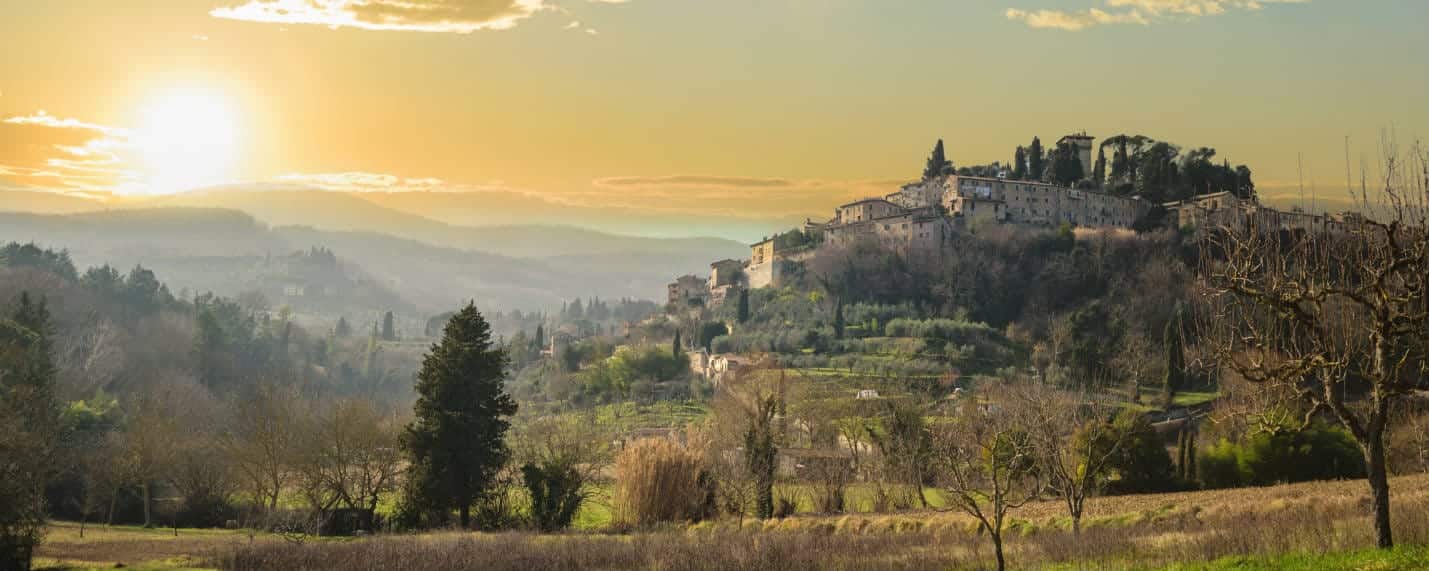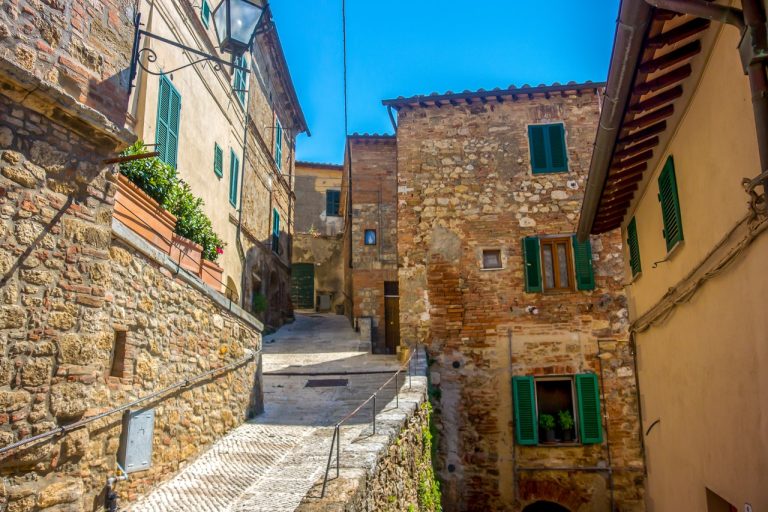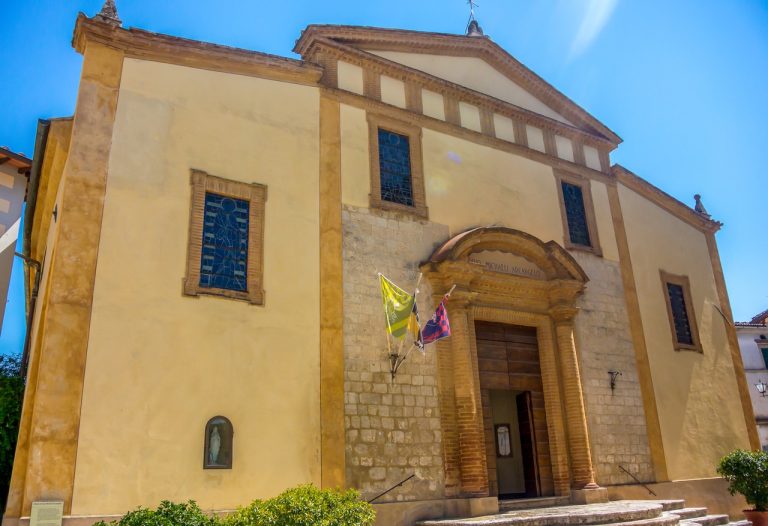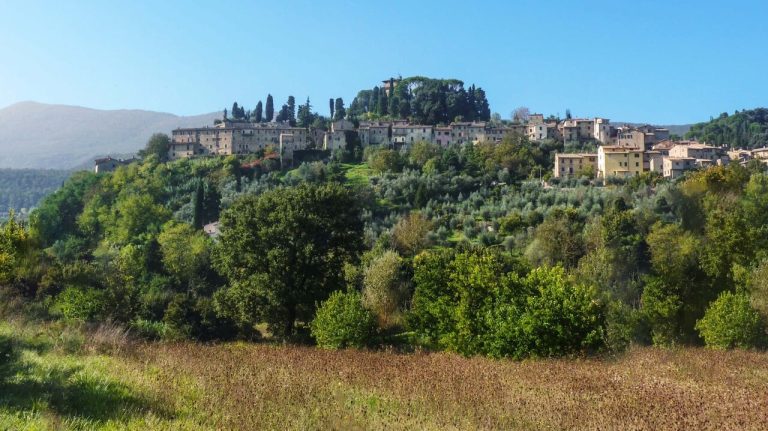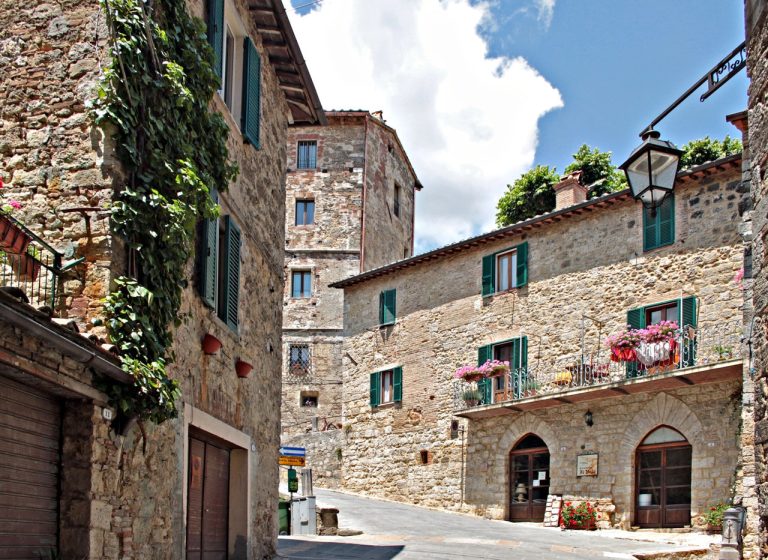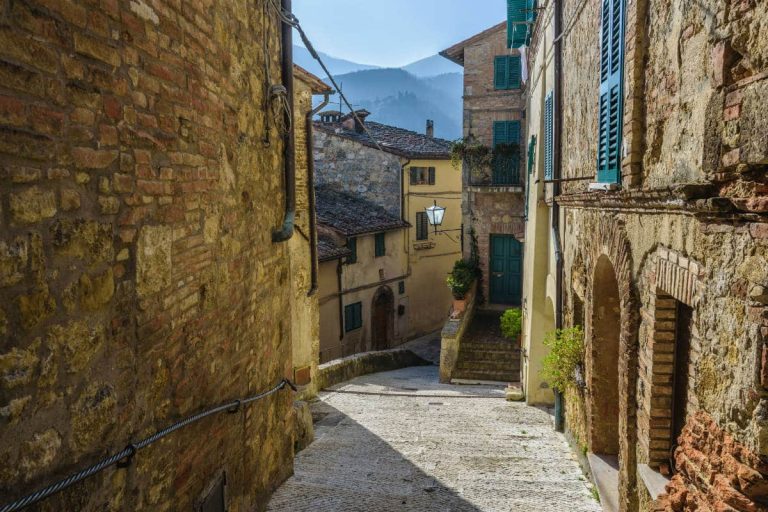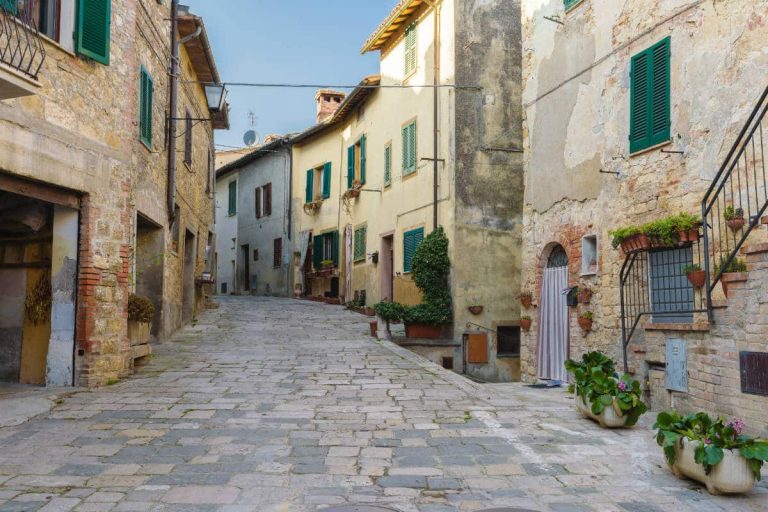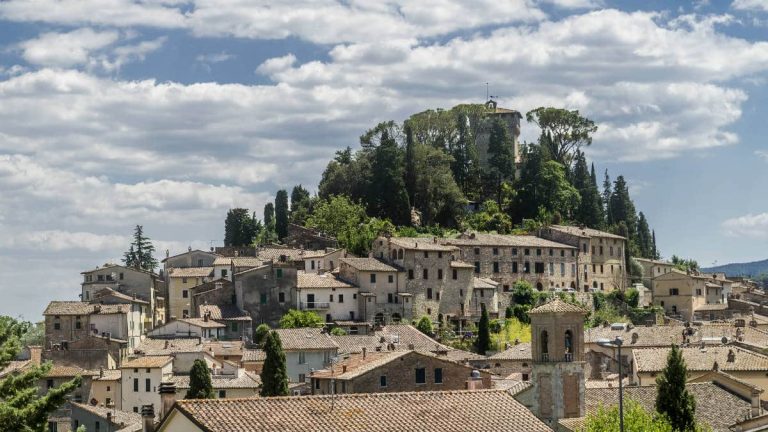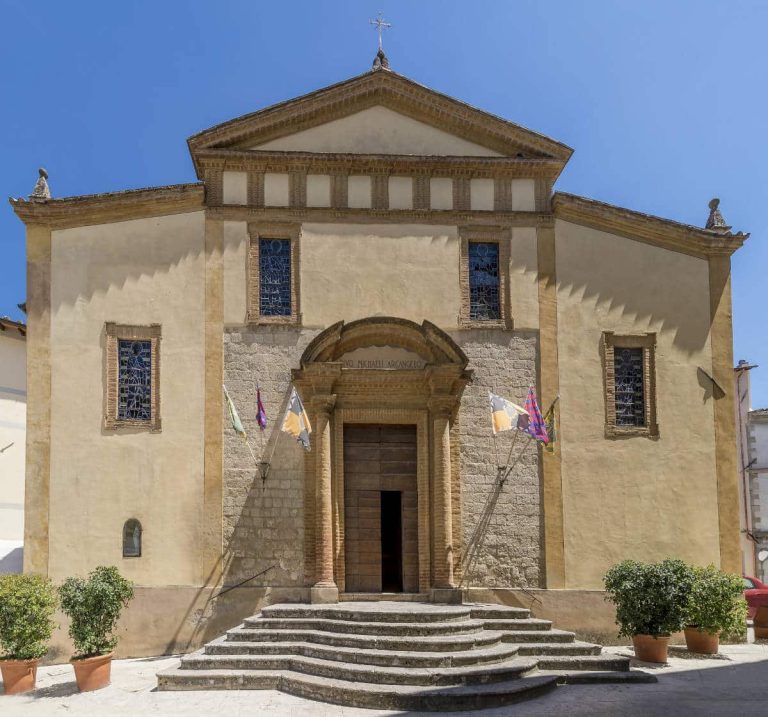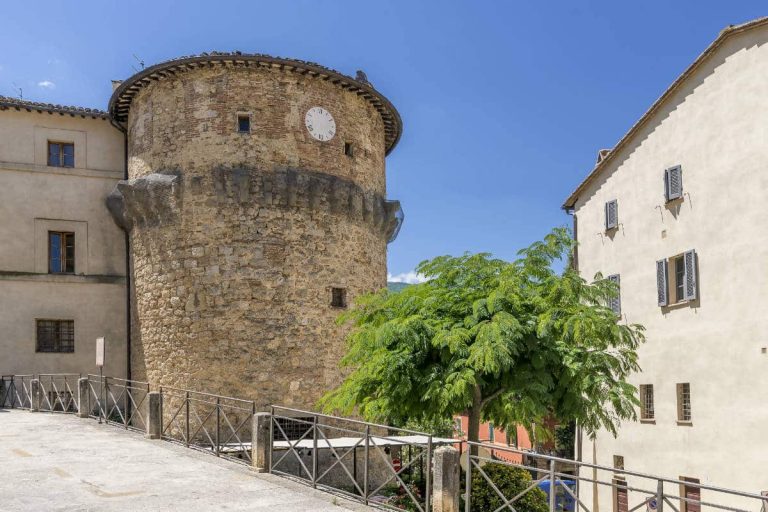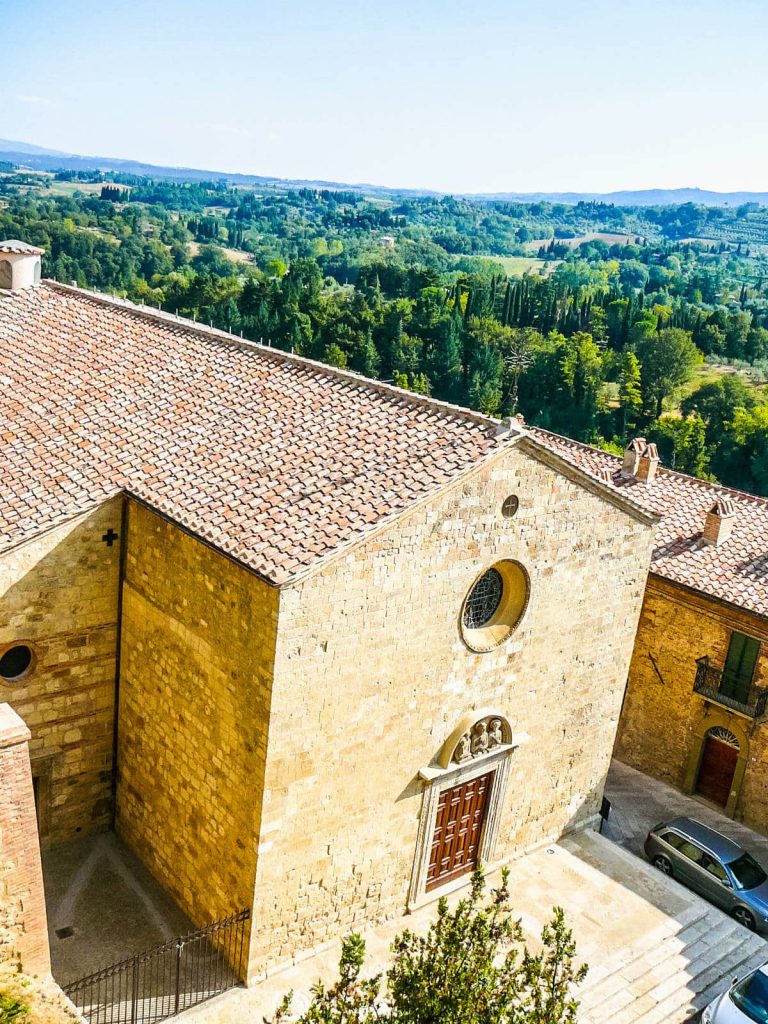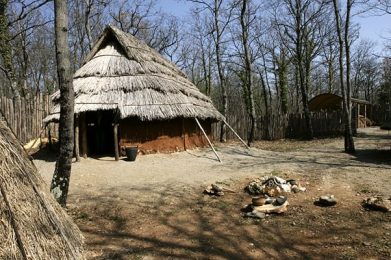This charming village is a meeting place of history, art and nature, and offers a myriad of artistic and cultural treasures embedded in its urban fabric. From its streets and squares vibrate stories of ancient masters, and every corner tells tales that hark back to times long past, seeming to awaken the silent memories of the past. The Orange Flag, a prestigious award given by the Italian Touring Club, confirms the environmental and tourist quality that can be found in Cetona. The latter not only holds within itself an invaluable historical and cultural heritage, but is also able to offer an authentic representation of the Italian lifestyle - from the warm welcome of its people, to the tasty flavors of the local cuisine, all perfectly set in a landscape environment of exquisite value.
Cetona, a picturesque village located in the far south of the province of Siena, constitutes an emblematic concentration of the famous "Sienese countryside." Thanks to its rich historical, cultural and scenic heritage, this place offers tourists a high-quality experience, guaranteeing a superior welcome. Prepare to be captivated by an unforgettable atmosphere, comparable only to a painting-a masterfully recreated fresco of nature's beauty.
The timeless beauty of Cetona
The village of Cetona rises majestically in the presence of Mount Cetona - an imposing and tranquil backdrop. The surrounding landscape is characterized by hills pierced by vineyards and olive groves, dotted with cypress and pine trees. Small valleys, planted with cereals, decorate the view and flow into the abundant Valdichiana. Cetona's fascinating potential is such that the Italian Touring Club awarded the village the Orange Flag, a distinctive sign of tourist-environmental quality.
Local events and traditions: Living Cetona
Cetona is not only a place of great scenic quality, but offers a living glimpse into Tuscan tradition and culture. The year's calendar is marked by important events including the famous Corsa delle Brocche and the Sagra del Bico di Piazze in summer. In spring, however, the village lights up with the colors of "Cetona in Fiore," an exhibition market of flowers and plants accompanied by tastings of typical local dishes and cooking classes.
Ode to the Piazza: Heart of Cetona
Cetona's calling card is Piazza Giuseppe Garibaldi. This large rectangular space was created around the middle of the 16th century thanks to the will of Marquis Vitelli, who wished to offer the medieval village a new access, granting breath to the architecture of the place. From here you can admire the ancient Church of the Santissima Annunziata, its historic facades and beautiful surrounding buildings.
Monuments and Places of Art: Treasures to Discover in Cetona
The Former Church of SS. Annunziata and the Minutelli Palace offer a special opportunity for art and culture lovers. Notable works of art can be found within these historic spaces, including the 1648 Annunciation, located on the altar of the former church, and the rooms frescoed by painter Antonio Castelletti in the Palazzo Minutelli.
Among the many artistic treasures, the Balestrieri Studio, dedicated to the famous local painter, deserves special mention. This place houses an original collection of his works, including the famous "Beethoven," which won the gold medal in the Italian section at the Universal Exhibition in Paris in 1900.
The last stop on this artistic tour in Cetona is the wonderful Church of the Holy Trinity, overlooking the square of the same name. Among its many frescoes are the Assumption of the Virgin and the Madonna and Child with St. John the Baptist, whose beauty reflects the excellence of the Italian Renaissance.
A trip to Cetona offers a glimpse into an enchanting world of artistic beauty, cultural richness and breathtaking scenery. Explore this Tuscan village, intoxicated by the scents of antiquity, dive into the local culture and discover a place that glows with a rare beauty, capable of leaving unforgettable emotions in your heart!

